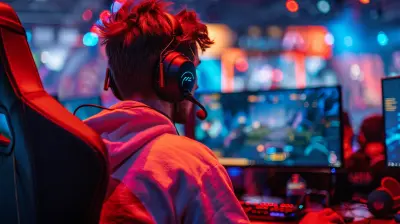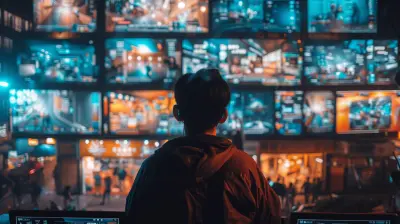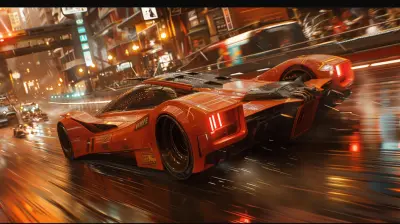How Sound Design Shapes the Gameplay Experience
23 July 2025
When you think of your favorite games, what pops into your head first? It could be the jaw-dropping graphics, the intense action, or maybe the gripping storyline. But what about the sound? That subtle detail — or sometimes not-so-subtle! — is the unsung hero behind a truly immersive video game. Sound design might not always be front and center, but trust me, it plays a massive role in how we experience and interact with a game.
Let’s dive into how sound design shapes the gameplay experience and why it’s something every gamer and game dev should appreciate (or at least pay attention to).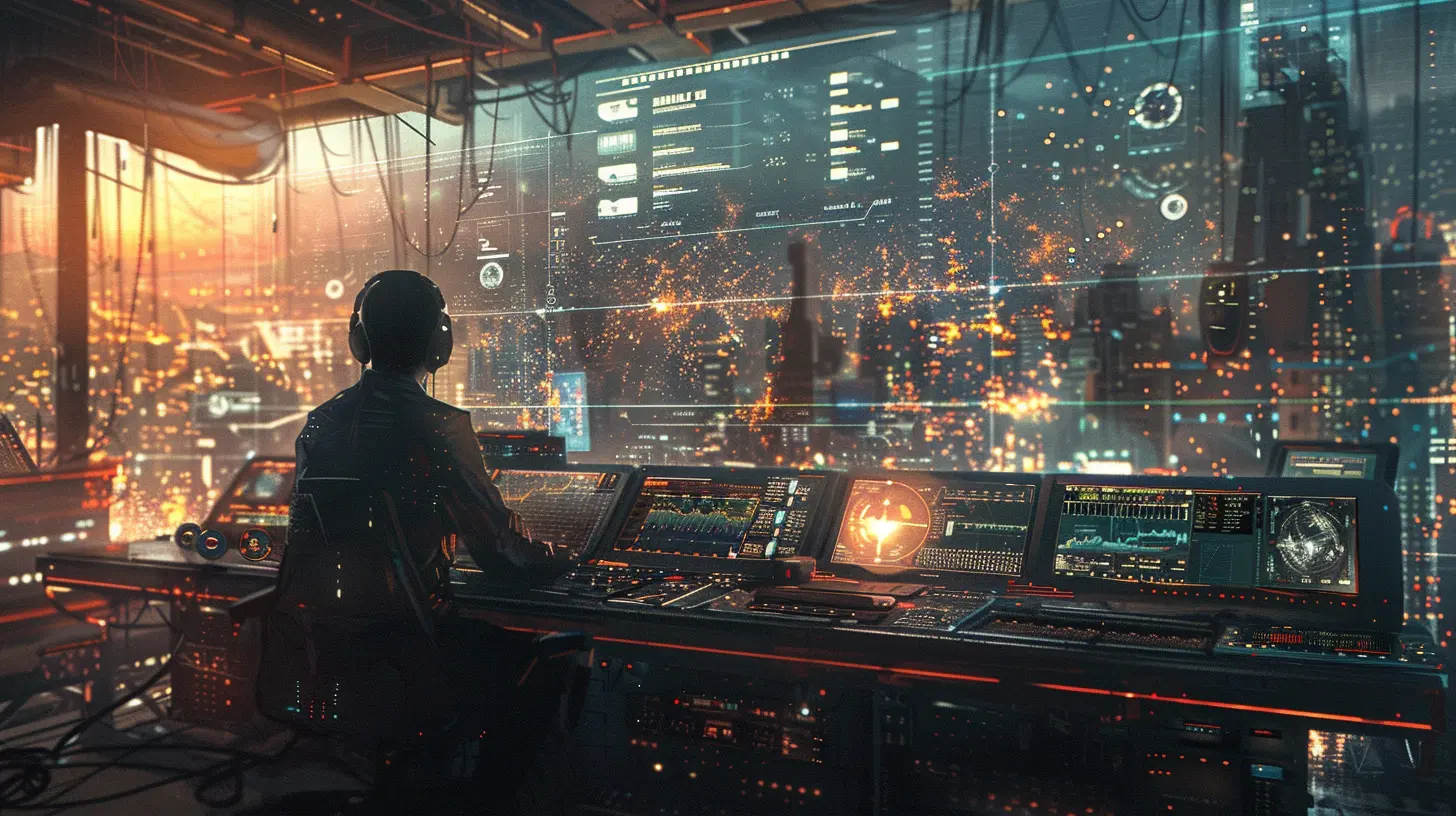
What Is Sound Design in Video Games?
Before anything else, let’s break it down. Sound design in games isn’t just about background music — though that’s a big part of it. It’s an umbrella term that includes:- Sound effects (SFX) – Think footsteps, explosions, doors creaking.
- Ambient sounds – Background noise that sets the scene like birds chirping or wind howling.
- Voice acting – Dialogue or vocal cues from characters.
- UI sounds – The clicks, beeps, and boops you hear when navigating menus.
- Musical score – The soundtrack that sets the emotional tone.
In a nutshell, sound design is everything your ears catch while playing. And it’s not random — it's all carefully crafted to enhance your experience.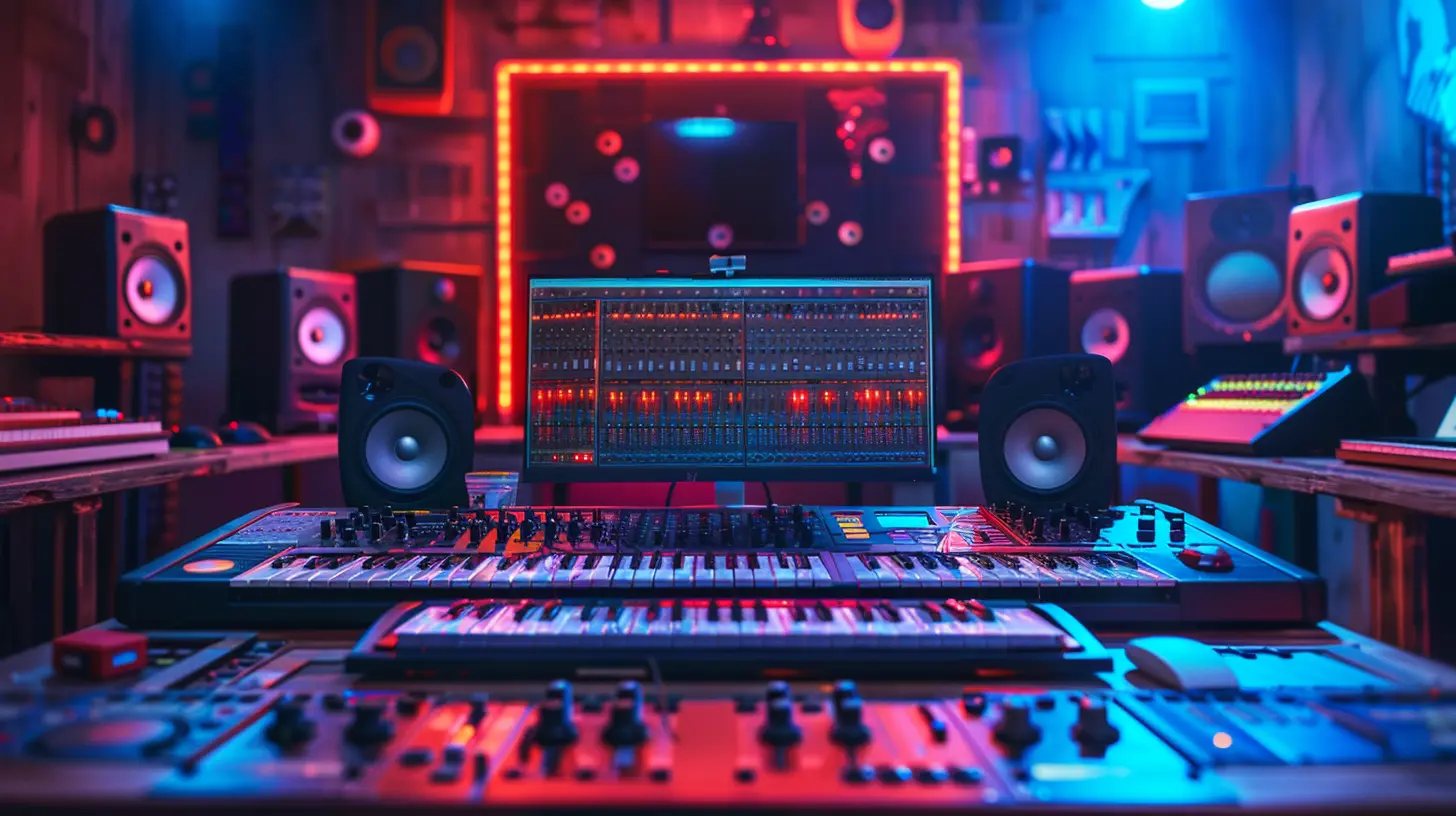
Why Sound Design Matters in Gameplay
1. It Builds Immersion
Ever played a horror game with the sound muted? Yeah, it’s just not the same. Sound is what pulls you deep into the game world. Whether it's the rustling of bushes in the woods or the echo of footsteps in an empty hallway, these audio cues make the environment feel real.Think about The Last of Us. The way the wind whistles through abandoned buildings or how every clicker squeal sends chills down your spine — that’s top-tier immersion, and it’s all thanks to stellar sound design.
2. It Communicates Important Information
Good audio does a lot more than just sound nice — it talks to you. Not literally (well, sometimes), but through cues.For example:
- In Fortnite, hearing footsteps above you? Better watch your back.
- In Call of Duty, that sharp whistle or bass drop might mean an airstrike’s inbound.
- In Zelda: Breath of the Wild, the climbing music intensifies as your stamina runs out — a subtle, but powerful reminder.
These sound cues act as non-visual indicators that help guide your actions without cluttering the screen.
3. It Enhances Emotional Impact
Sound can make you feel things on a deep level. A soft piano during a sad cutscene? Tears. A swelling orchestral score as you defeat a final boss? Goosebumps.Developers use sound to control the emotional rhythm of the game. Just like in movies, the right track at the right time makes a moment unforgettable. And when it's paired seamlessly with visuals and gameplay? Magic.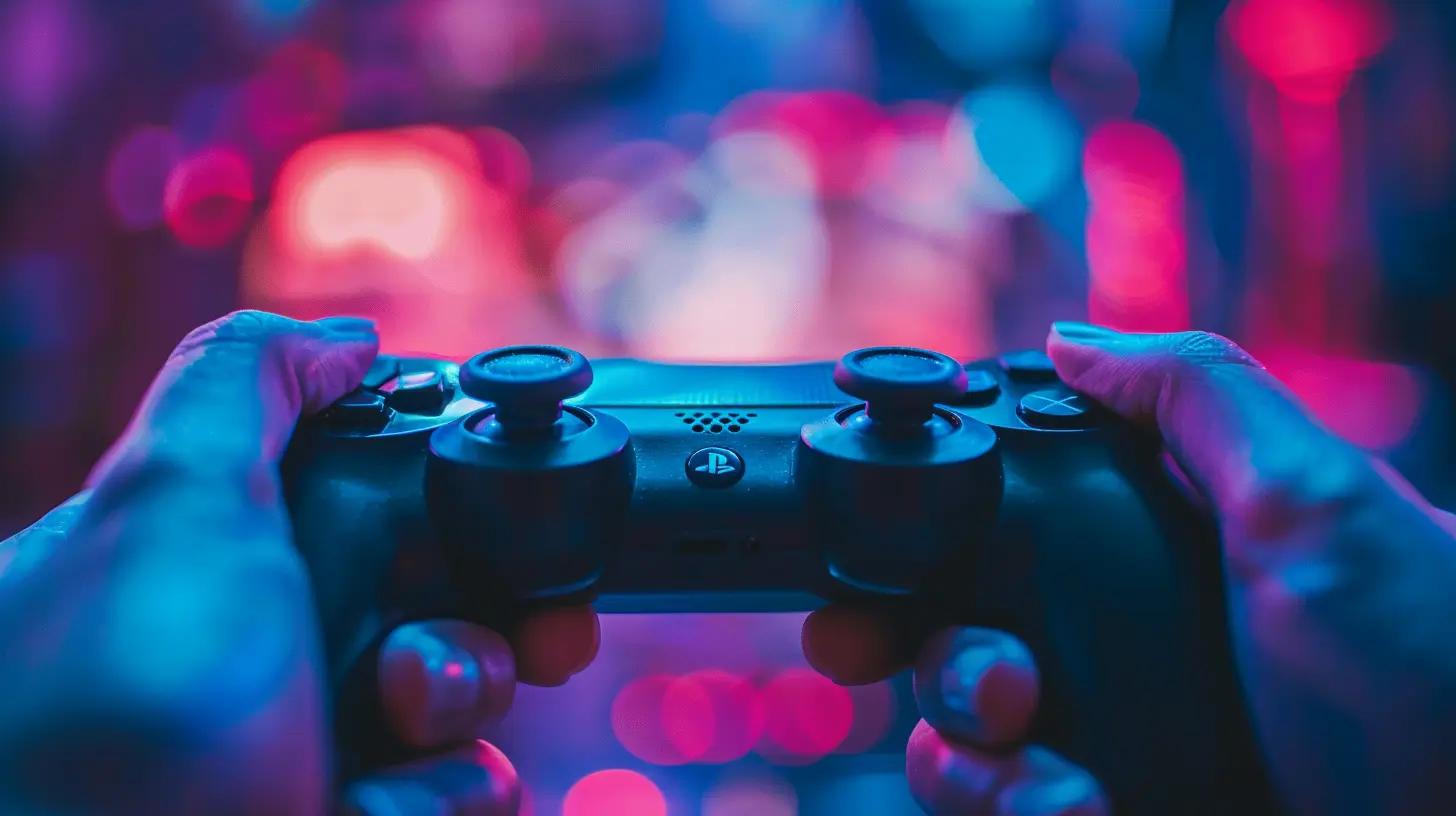
Sound Design Is a Gameplay Mechanic? Yes, It Is
You might not realize it, but some games use sound as a core gameplay mechanic. Yep, it’s not just background fluff — it’s part of how you play.Case Study 1: Hellblade: Senua’s Sacrifice
This game is a prime example. It uses binaural audio to simulate the experience of auditory hallucinations. Wearing headphones, you’ll hear voices coming from all around you — whispers, warnings, riddles — and navigating that chaos is part of the challenge. The sound isn't just for mood; it's the gameplay itself.Case Study 2: Dead by Daylight
In this asymmetrical horror game, sound plays a huge role whether you're a survivor or the killer. Hearing a faint heartbeat? That means the killer is nearby. Survivors rely on subtle audio cues to hide or escape — and killers use sound to hunt. The tension is built through every creak, groan, and scream.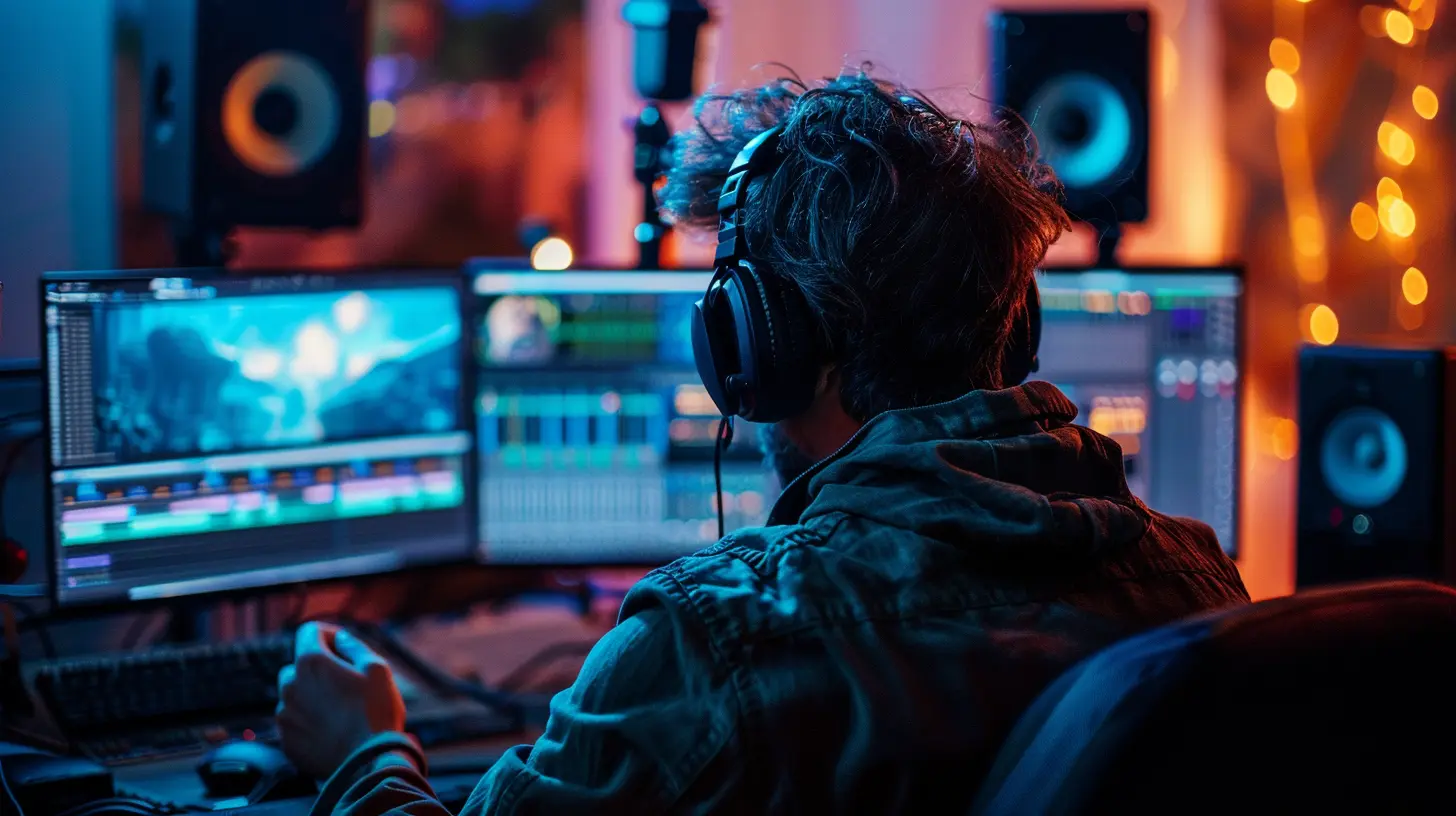
The Psychology Behind Great Sound Design
Let’s get a little nerdy (in a good way). Our brains are wired to respond to sound in fascinating ways. High-pitched sounds trigger alertness, while low tones evoke fear or awe. Game designers know this — they play with frequencies, rhythms, and tempo to mess with your emotions on purpose. Cool, right?Plus, sound helps with spatial awareness. With 3D audio (also known as spatial audio), you can tell if an enemy is sneaking up behind you or approaching from the left. Games like Rainbow Six Siege and Valorant rely heavily on this — serious players even use high-end headsets just to improve their game sense through sound.
How Sound Enhances Game Identity
Sound is like a game’s fingerprint — unique and immediately recognizable.You know the sound of collecting a coin in Mario, right? Or the alert noise from Metal Gear Solid? Those tiny sound bites are iconic. They stick in your memory and build a lasting connection with the game.
Sound branding in games is just as powerful as a logo or character design. It becomes part of the game's DNA and helps it stand out in a crowded market.
Evolution of Sound in Games: From 8-Bit to Dolby Atmos
Let’s rewind for a second. Back in the early days, sound in games was super limited. Think beeps and bloops of the Atari or NES. But even then, developers found creative ways to make catchy tunes and engaging sounds with what they had.Fast-forward to now — we have full surround sound systems, dynamic music scores that adapt to how you play, and ultra-realistic audio textures. Technologies like Dolby Atmos or real-time spatial audio make it feel like you’re in the game world, not just controlling it.
Modern engines like Unreal and Unity also allow real-time sound modulation — everything can change based on the environment. Rain sounds different under a tree vs. out in the open. That's next-level sound design.
Sound Design and Player Feedback
Sound doesn’t just tell a story — it tells you, the player, how you're doing.Did you just land a critical hit? That satisfying crunch or boom lets you know.
Miss a jump? The whiff or stumble sound rubs it in (in the best way).
Level up? Cue the celebratory jingle.
All these sounds provide instant feedback, which is crucial for creating a rewarding loop. It keeps you engaged, informed, and motivated.
Sound Designers: The Silent MVPs
Game developers often get their props — artists, writers, programmers. But sound designers? They’re the behind-the-scenes wizards pulling the emotional strings.They:
- Record or synthesize sounds
- Mix and master audio
- Layer sound to match scenes or actions
- Create interactive audio systems that respond in real-time
It’s both an art and a science. And when done right, you don’t even notice it — you just feel it. That’s the magic.
How Indie Developers Utilize Sound Creatively
You don’t need a big budget to make great sound design work for your game. Indie developers often get crafty, using minimal tools in clever ways.Games like LIMBO, Inside, or Celeste use atmospheric sound to incredible effect. A soft wind, distant hums, or dynamic piano notes — they all contribute to tension, emotion, and rhythm.
With tools like FMOD or Wwise, even small teams can integrate responsive, layered audio without huge resources.
Tips for Gamers: How to Get the Most Out of Game Audio
- Use headphones: Especially for competitive or immersive games. A good pair changes everything.- Don’t skip the settings: Adjust audio balance. Boost dialogue or effects based on what you need.
- Play with subtitles off (sometimes): Let the sound guide you instead of reading cues.
- Appreciate the silence: Sometimes, dead silence amplifies tension or drama more than any loud noise.
Conclusion: Never Underestimate the Power of Sound
So, next time you boot up a new game, pause for a second and just listen. Notice the little details — the ambient hum, the echo of your footsteps, the subtle music notes behind an emotional scene. Sound design isn’t just a background feature; it’s a vital part of the gameplay experience that shapes how we feel, react, and remember games.Whether you're surviving zombie apocalypses, solving puzzles, or racing through futuristic tracks, sound is always there — guiding, warning, thrilling, and grounding you in that virtual world. So yeah, graphics are cool, but sound? Sound brings it to life.
all images in this post were generated using AI tools
Category:
Gaming IndustryAuthor:

Audrey McGhee
Discussion
rate this article
2 comments
Solara Holland
Sound design: the secret sauce that turns pixelated chaos into a symphony of chaos! Imagine dodging a dragon while serenaded by a kazoo band—pure gaming gold! 🎶🐉🎮
October 20, 2025 at 5:08 AM

Audrey McGhee
Absolutely! Sound design elevates gameplay by enhancing immersion and creating unforgettable moments, making every chaotic encounter feel uniquely thrilling. 🎶✨
Patricia Cox
Great article! Sound design truly enhances immersion and emotional connection in gaming experiences. Well said!
July 28, 2025 at 3:55 AM

Audrey McGhee
Thank you! I’m glad you enjoyed it and appreciate your insights on the impact of sound design!
